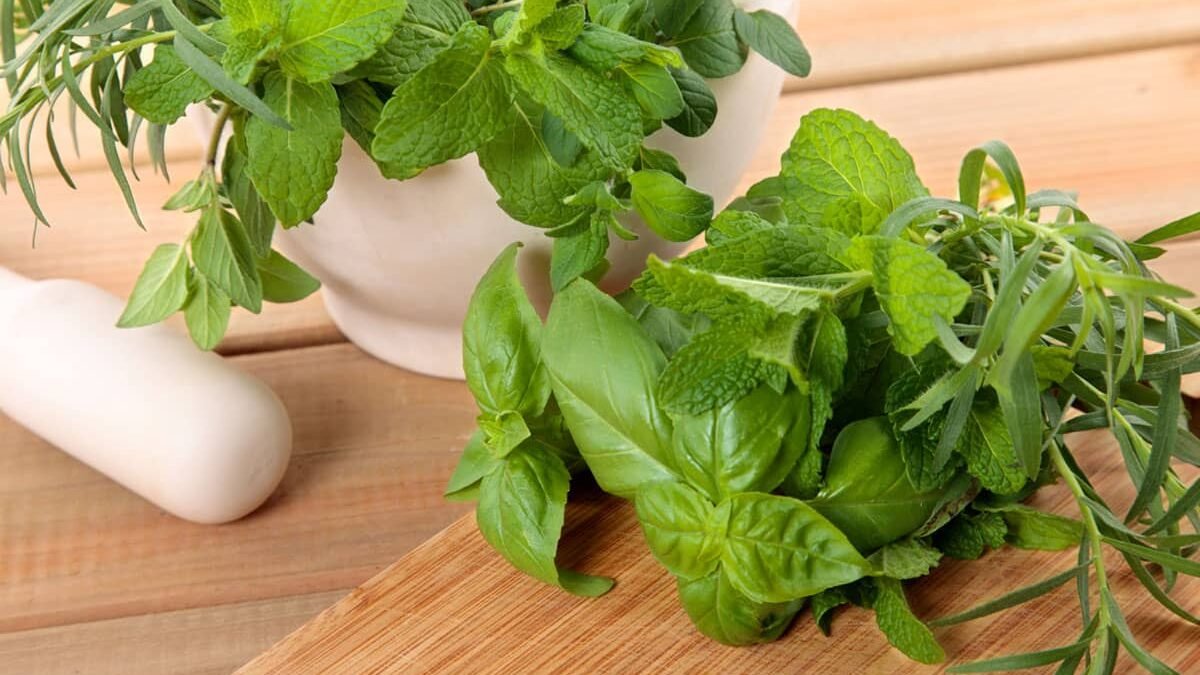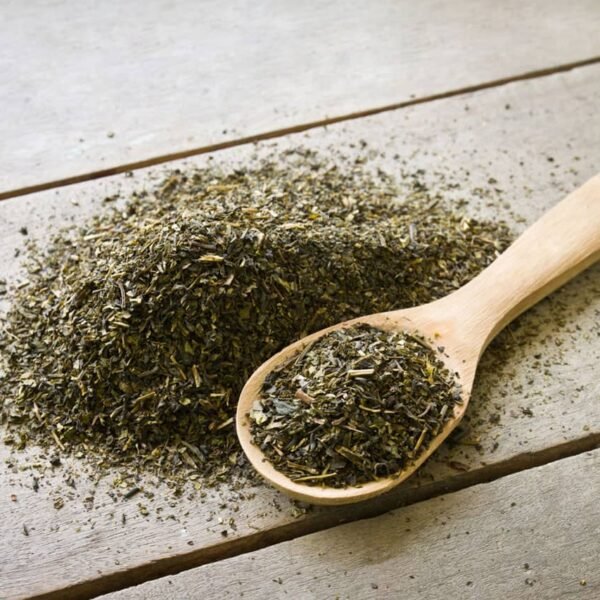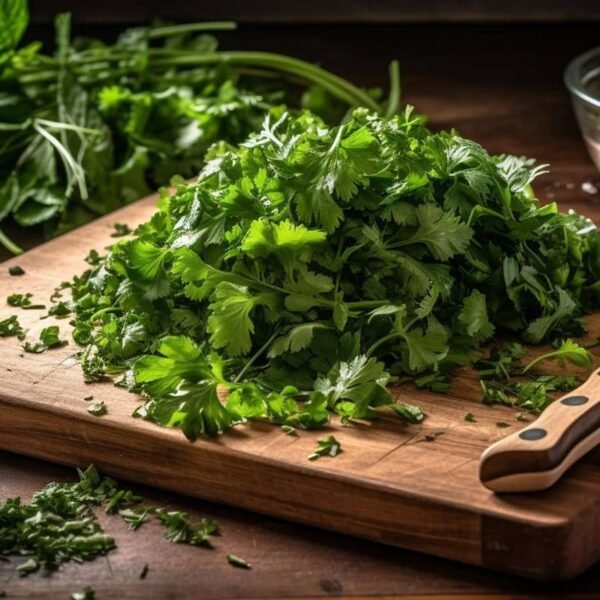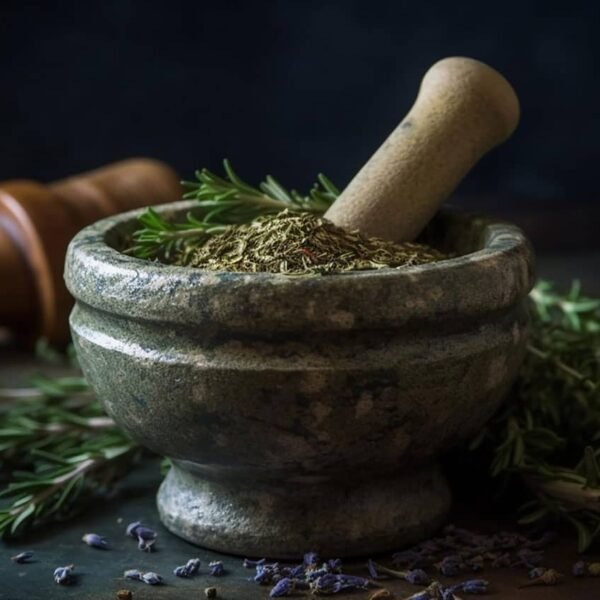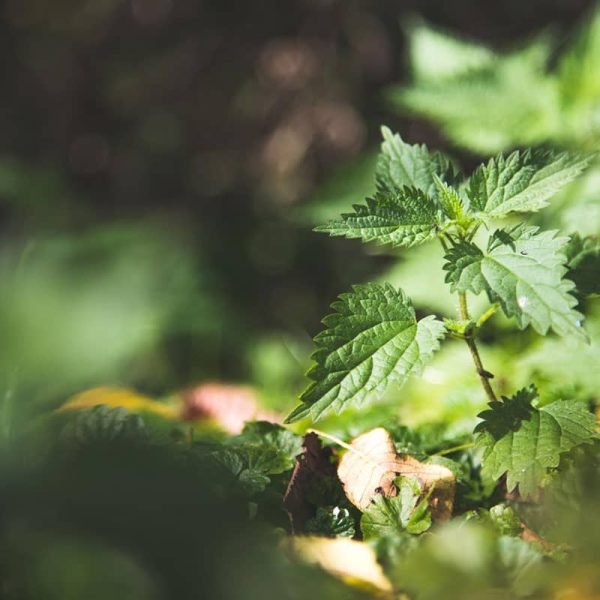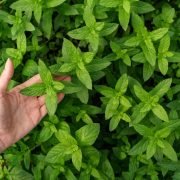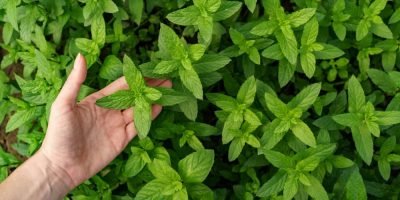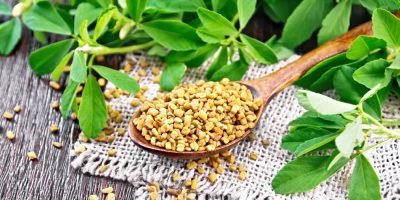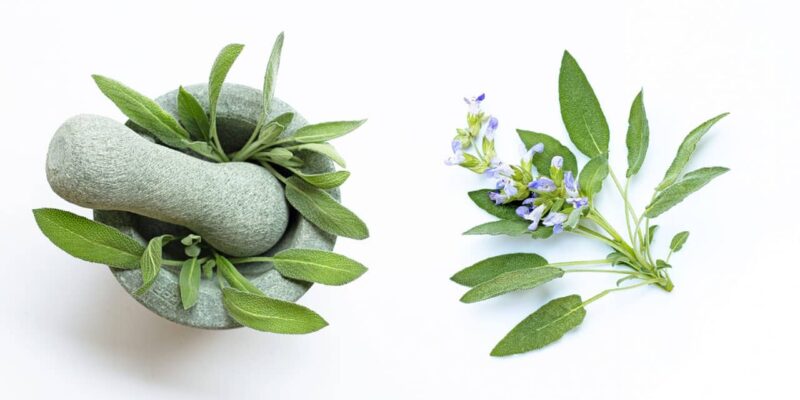
Sage has become an indispensable herb in the culinary world, known for its earthy and savory flavor. With a long history dating back to ancient times, sage has been used for both culinary and medicinal purposes.
This versatile herb is commonly utilized in various dishes, such as stuffings, sauces, and roasted meats, adding a depth of flavor that is difficult to replicate with other herbs. Its distinctive aroma and taste make it an essential ingredient in many traditional recipes.
Not only does sage enhance the taste of food, but it also offers several health benefits. Rich in antioxidants and anti-inflammatory compounds, sage has been associated with improving brain function and memory retention.
Additionally, studies have suggested that sage may help lower cholesterol levels and promote digestion. It is even believed to possess antimicrobial properties that can combat certain bacteria strains.
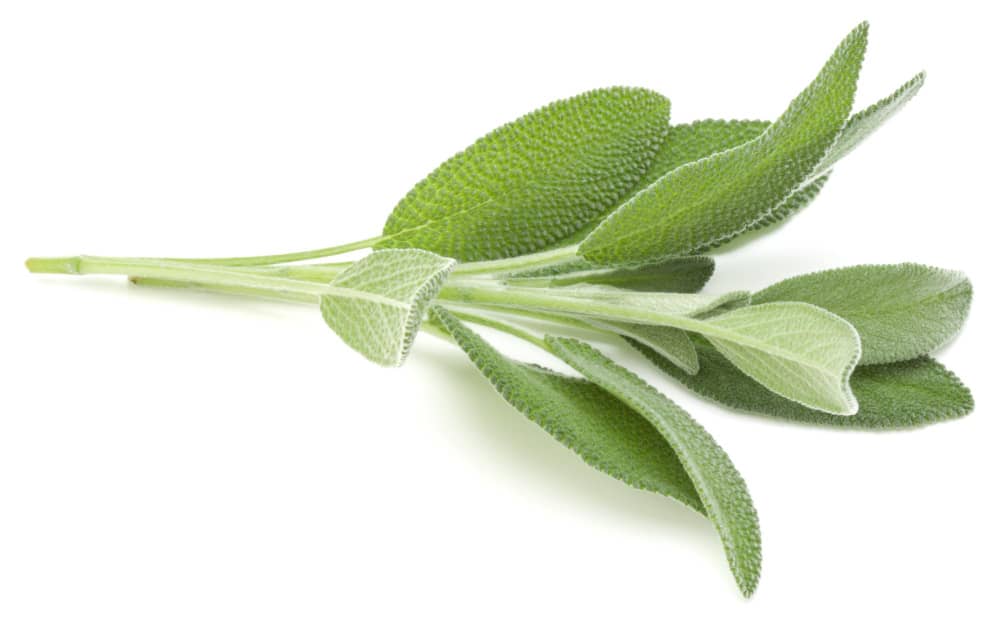
Overview of Sage
Sage, scientifically known as Salvia officinalis, is a perennial herb cultivated for centuries due to its numerous health benefits and culinary uses. Native to the Mediterranean region, this aromatic plant belongs to the Lamiaceae family and is characterized by its woody stems, grey-green leaves, and vibrant purple flowers.
Throughout history, sage has held a significant place in various cultures worldwide for its medicinal properties and association with wisdom and longevity.
This article provides an overview of sage herb, shedding light on its botanical characteristics, traditional uses, chemical composition, and potential health benefits.
History and Origin of Sage
Sage is an herb used for centuries in culinary and medicinal practices. Its history can be traced back to ancient civilizations such as the Egyptians, Greeks, and Romans. The word “sage” itself comes from the Latin word “salvia,” which means “to heal.”
In ancient Egypt, sage was believed to have magical properties and was commonly used in religious rituals and as a powerful tool for preserving mummies. The Greeks considered sage to be a sacred plant associated with wisdom and longevity. They believed that it could enhance memory and improve mental clarity.
During the Roman Empire, sage had various uses, from treating digestive issues to promoting hair growth. It became widely known for its medicinal properties during this time, leading to its cultivation across Europe. Today, sage is still highly regarded in traditional medicine practices worldwide for its potential health benefits.
Overall, the history of sage demonstrates its significant cultural value throughout human civilization. From being revered by ancient cultures for its healing properties to becoming a staple ingredient in many cuisines today, sage plays an important role in our society’s food culture and traditional remedies.

Health Benefits of Sage
Sage, also known as Salvia officinalis, is an aromatic herb commonly used in cooking and traditional medicine. It is native to the Mediterranean region and has been cultivated for centuries for its medicinal properties. Sage contains various bioactive compounds such as rosmarinic acid, flavonoids, and essential oils, contributing to its health benefits.
One of the main health benefits of sage is its potential to improve cognitive function. Research suggests that sage extract may enhance memory and attention span by inhibiting the breakdown of acetylcholine, a neurotransmitter involved in learning and memory processes. Also, sage may have antioxidant properties protecting brain cells from oxidative stress.
Furthermore, sage has long been used as a natural remedy for digestive issues. Its essential oils are believed to stimulate digestion by promoting the release of bile from the liver and enhancing intestinal movement.
This can help alleviate symptoms such as bloating, indigestion, and abdominal discomfort. Some studies have also indicated that sage may possess antimicrobial properties against certain bacteria strains responsible for gastrointestinal infections.
Sage offers various health benefits due to its rich bioactive compounds. From improving cognitive function to aiding digestion, incorporating this fragrant herb into your diet or using it medicinally could provide several advantages for overall well-being.
Different Types of Sage
Sage is a versatile herb that comes in various types, each with its unique characteristics and uses. One common type of sage is the garden sage (Salvia officinalis), which is widely used for culinary purposes. Its gray-green leaves and strong aroma make it perfect for flavoring dishes such as stuffing, soups, and sauces. Garden sage is also medicinal and can be brewed into tea to help soothe sore throats or improve digestion.
Another type of sage is pineapple sage (Salvia elegans), known for its distinct fruity scent reminiscent of pineapple. This variety is often used in beverages, including teas, cocktails, and fruit punches, because of its refreshing flavor.
Pineapple sage leaves can also be added to salads or used as a garnish to enhance dishes’ taste and visual appeal. Additionally, this variety attracts pollinators like bees and butterflies, making it a popular choice among gardeners looking to create an inviting ecosystem for these beneficial creatures.
Furthermore, there are several other types of sage worth exploring such as white sage (Salvia apiana), known for its sacred use in Native American rituals; clary sage (Salvia sclarea) with its soothing aroma often used in aromatherapy; and Spanish Sage (Salvia lavandulaefolia) recognized for its essential oil extraction potential due to high levels of camphor compounds.
Tips for Growing and Caring for Sage
Sage is a versatile and aromatic herb commonly used in cooking, herbal remedies, and even as an ornamental garden plant. To successfully grow and care for sage, choosing the right location for planting is important. Sage prefers full sun and well-drained soil, so selecting a spot with good sunlight exposure and ensuring proper drainage is essential. Adding organic matter to the soil before planting, such as compost or aged manure, is also beneficial to improve fertility.
When watering sage plants, it’s essential not to overwater them. Sage has low water needs and is drought-tolerant once established. Therefore, allowing the soil to dry out between watering sessions is best. Overwatering can lead to root rot or other fungal diseases that can harm the plant.
Pruning sage regularly helps promote healthy growth and prevents legginess. Trimming back sage plants at least once a year in early spring or after flowering has finished is recommended. This will help maintain their shape and prevent them from becoming too woody. Additionally, harvesting sage leaves regularly encourages new growth and keeps the plant productive throughout the growing season.

Uses of Sage in Cooking
Sage is a versatile herb that has been used in cooking for centuries. Its distinct flavor and aroma make it a popular choice in various cuisines worldwide. One of the most common uses of sage in cooking is as a seasoning or spice. It can be added to soups, stews, and sauces to enhance their flavors. Sage pairs well with other herbs like thyme and rosemary, adding depth and complexity to dishes.
In addition to being used as a seasoning, sage can also be infused into oils or vinegars. This process allows the herb’s flavors to infuse into the liquid, creating a unique base for dressings or marinades. Sage-infused oils are particularly delicious when drizzled over roasted vegetables or used as a dipping sauce for bread.
Furthermore, sage leaves can be used as a natural wrap for roasting meats or poultry. The leaves impart their aromatic essence onto the meat during cooking, resulting in tender and flavorful dishes. This technique is especially popular with poultry like chicken or turkey but can also be applied to other meats like pork or lamb.
Overall, sage is an incredibly versatile herb that adds both taste and aroma to various dishes. Whether used as a seasoning, infused into oils, or as a meat wrapper, sage brings its distinctive flavor profile to elevate any culinary creation.
Other Uses of Sage
Sage herb, also known as Salvia officinalis, is a versatile plant used for centuries for its medicinal and culinary properties. While it is commonly associated with cooking and herbal remedies, various other uses of sage are worth exploring.
One lesser-known use of sage is in beauty and skincare products. Sage essential oil can be found in many natural cosmetics due to its anti-inflammatory and antimicrobial properties. It is believed to help reduce redness, soothe skin irritations, and promote healthy-looking skin. Additionally, sage-infused hair rinses or oils stimulate hair growth and improve scalp health.
Furthermore, sage has been traditionally used as a cleansing herb in spiritual rituals or ceremonies. Smudging involves burning dried bundles of sage leaves to purify the air, clear negative energy, and create a sense of calmness. Various cultures worldwide still practice This ancient tradition today for its perceived spiritual benefits.
While cooking and herbal remedies may be the most common uses for sage herb, it also finds application in beauty products for skincare purposes and in spiritual practices due to its cleansing properties. Exploring these alternative uses allows us to appreciate the versatility of this remarkable plant beyond its well-known culinary contributions.
Conclusion
In conclusion, sage herb is a valuable plant with a long history of use in both traditional medicine and cooking. Its medicinal properties make it an effective remedy for various ailments, while its culinary uses add depth of flavor to dishes.
With ongoing research on the health benefits of sage herb, it continues to be recognized for its potential therapeutic applications. Whether enjoyed in teas or in meals, sage herbs can be easily incorporated into one’s lifestyle to reap its many advantages. Incorporating this versatile herb into our daily routine can enhance our well-being in multiple ways.

